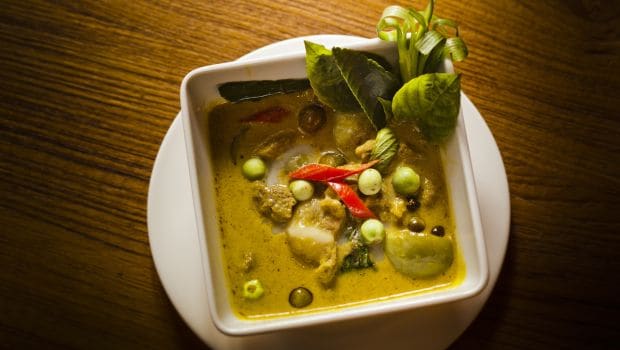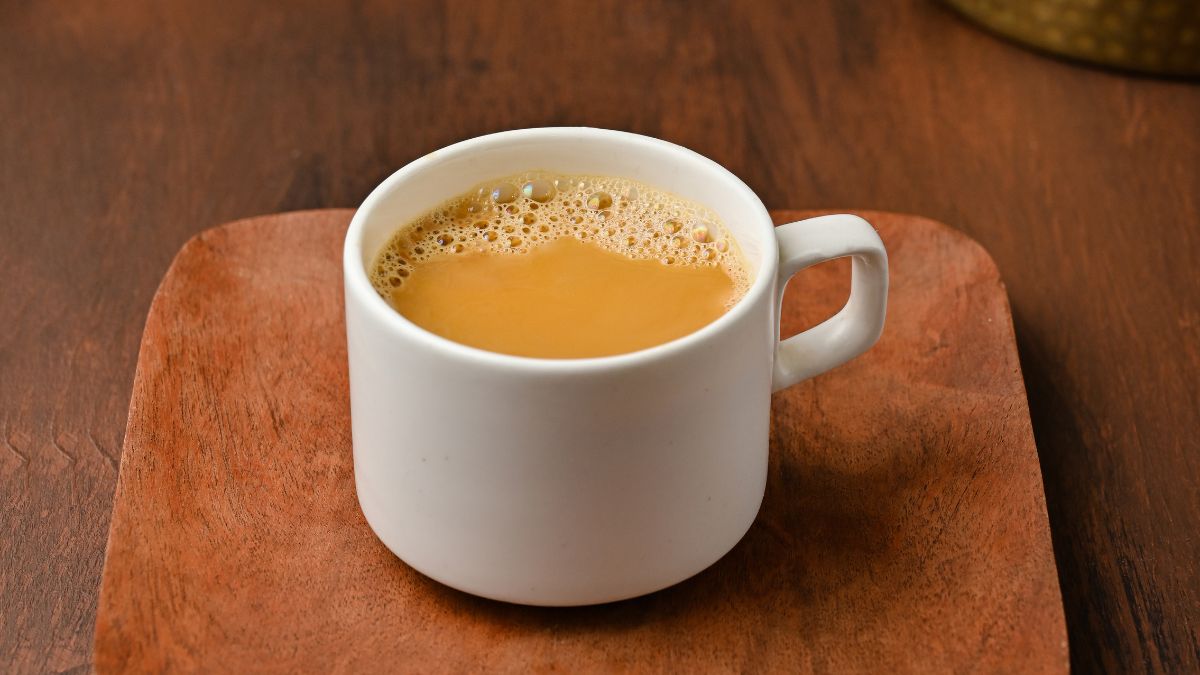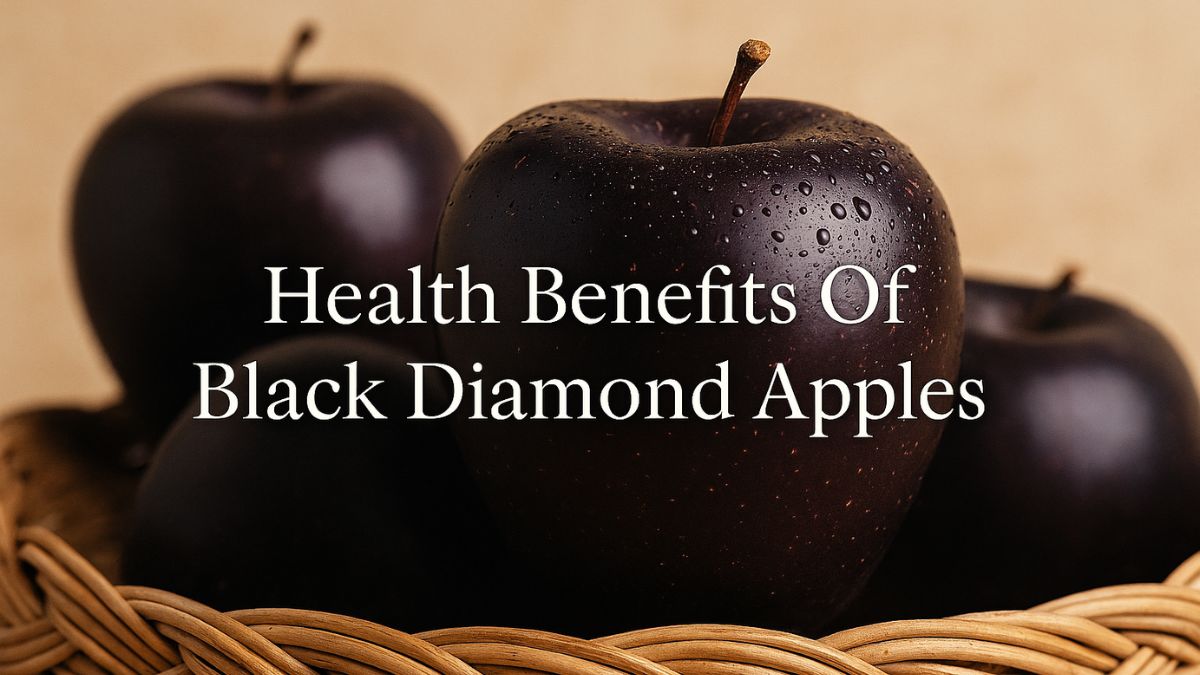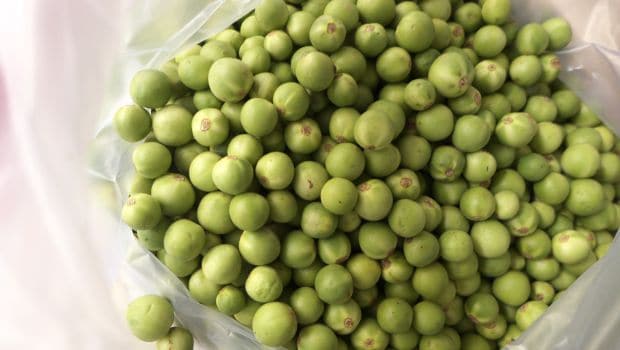In Thailand, it's known as Makhuea phuang and it's called Sundakkai in Tamil Nadu. Solanum Torvum has been called everything from turkey berry to wild eggplant to pea aubergine. These berries look like green peas - it's easy to mistake them for green peas in curries except that they contain brown seeds that lend the berries their bitter flavour.
It's this bitter taste that makes it the perfect ingredient for the famous Sundakkai Vatha Kuzhambu or Kara Kuzhambu. In Tamil Nadu, this berry is not available around the year. One reason why it's common for Sundakkai to be sundried and deep fried as crispies (like the bitter gourd crispies) that can be added to gravies and More Kuzhambu (crafted with tempered butter milk). Aside from the Thai green curry, the pea aubergine is also added (uncooked) to Thai chilli pastes. (Also read: 10 Best Tamil Recipes)
The pea aubergine is believed to be a native plant of the Central American region. It is used in Jamaican cuisine and rumoured to be used in Haitian voodoo rituals. You don't need to know voodoo to extract the health benefits of this berry though (our recipes should do!). The pea aubergine is rich in nutrients and is a good source of calcium and iron. It has been recommended for a variety of ailments from stomach disorders to diabetes. I remember my grandmother adding Sundakkai powder to her 'go to' herbal mix - Angaya Podi (it also features dried neem flowers) that works wonders for digestive disorders and is good for new mothers.
Sundakkai Vatha Kuzhambu Recipe
Just like bitter gourd, the pea aubergine is an acquired taste. It's certainly not something I enjoyed eating as a kid but I've grown to enjoy a flavourful Sundakkai Vatha Kuzhambu. This is my mother's fail-proof recipe:
Detox menu for Sunday- #vathakuzhambu and spinach masiyal #traditionalfood #tamilcuisine
A post shared by Nirupama Sivaraman (@nirupama.s) on
Ingredients:
Sundakkai (Pea aubergine) - 100 gms
Tamarind - 200 gms
Red chillies - 4 Mustard seeds -1 teaspoon
Fenugreek - 1 teaspoon
Tur dal - 1 teaspoon
Asafoetida - I teaspoon
Gingelly oil - 1 teaspoon
Curry leaves - a small bunch
Sambhar powder - 1 teaspoon
Chilli powder - teaspoon
Jaggery - size of a small lemon
Salt - to taste
Method:
1. Heat oil in a cooking pan. Add red chilli, mustard seeds, fenugreek and tur dal when it splutters.
2. Add the asafoetida, sun dak kai and curry leaves; fry for five minutes.
3. Add sambar powder and pour in tamarind extract (With the water)
4. Add chilli powder, salt and jaggery cook on slow fire till the Sundakkai softens and gravy thickens
5. You could add rice flour or cornflour added to thicken the gravy.
6. Remove from the stove, add curry leaves and a punch of asafoetida, 2 teaspoons of gingelly oil.
7. Cover the dish with a lid and serve after a few minutes.
Thai Green Curry with Pea Aubergines
Recipe Courtesy - Chef Ram Kumar, Benjarong
Benjarong is among the few Thai restaurants in India that uses pea aubergine in its green curry except for months when this ingredient is not available. It's usually not available in supermarkets or gourmet vegetable shops but can be found in traditional markets in Chennai and also in Bengaluru. (Also read: Top 10 Thai Foods)

Ingredients:
Chicken boneless (strips) 140 gms
Nampla (fish sauce) 10 ml
Palm sugar 20 gms
Sweet basil 10 gms
Coconut milk 300 ml
Pea aubergine 30 gms
Green curry paste 70 gms
Oil 10 ml
Method:
1. Cream half of the first coconut milk and add green curry paste.
2. Then add the chicken and pea brinjal, mix it well and then season with palm sugar and fish sauce.
3. Add second coconut milk and cook the curry. 4. Flavour the curry with sweet basil.
5. Finally, add the remaining first coconut milk and finish the cooking.
6. Serve garnish with coconut cream, fresh basil leaves, sliced red chilly.About the Author:Ashwin Rajagopalan is a Chennai-based writer who writes on topics related to food, gadgets, trends and travel experiences. He enjoys communicating across cultures and borders in his weekday work avatar as a content and editorial consultant for a global major and one of India's only cross cultural trainers.Disclaimer:The opinions expressed within this article are the personal opinions of the author. NDTV is not responsible for the accuracy, completeness, suitability, or validity of any information on this article. All information is provided on an as-is basis. The information, facts or opinions appearing in the article do not reflect the views of NDTV and NDTV does not assume any responsibility or liability for the same.
About Ashwin RajagopalanI am the proverbial slashie - a content architect, writer, speaker and cultural intelligence coach. School lunch boxes are usually the beginning of our culinary discoveries.That curiosity hasn’t waned. It’s only got stronger as I’ve explored culinary cultures, street food and fine dining restaurants across the world. I’ve discovered cultures and destinations through culinary motifs. I am equally passionate about writing on consumer tech and travel.













